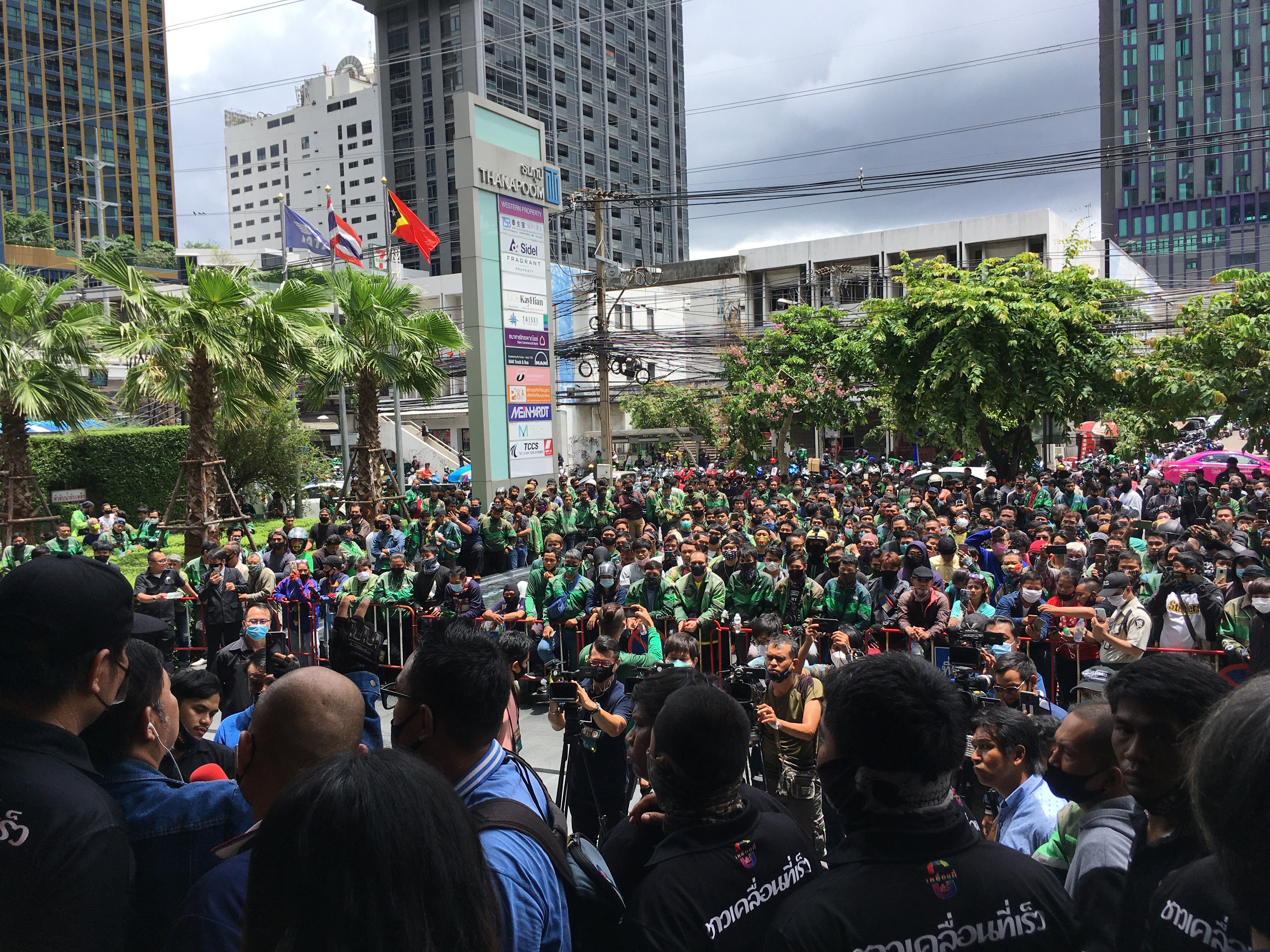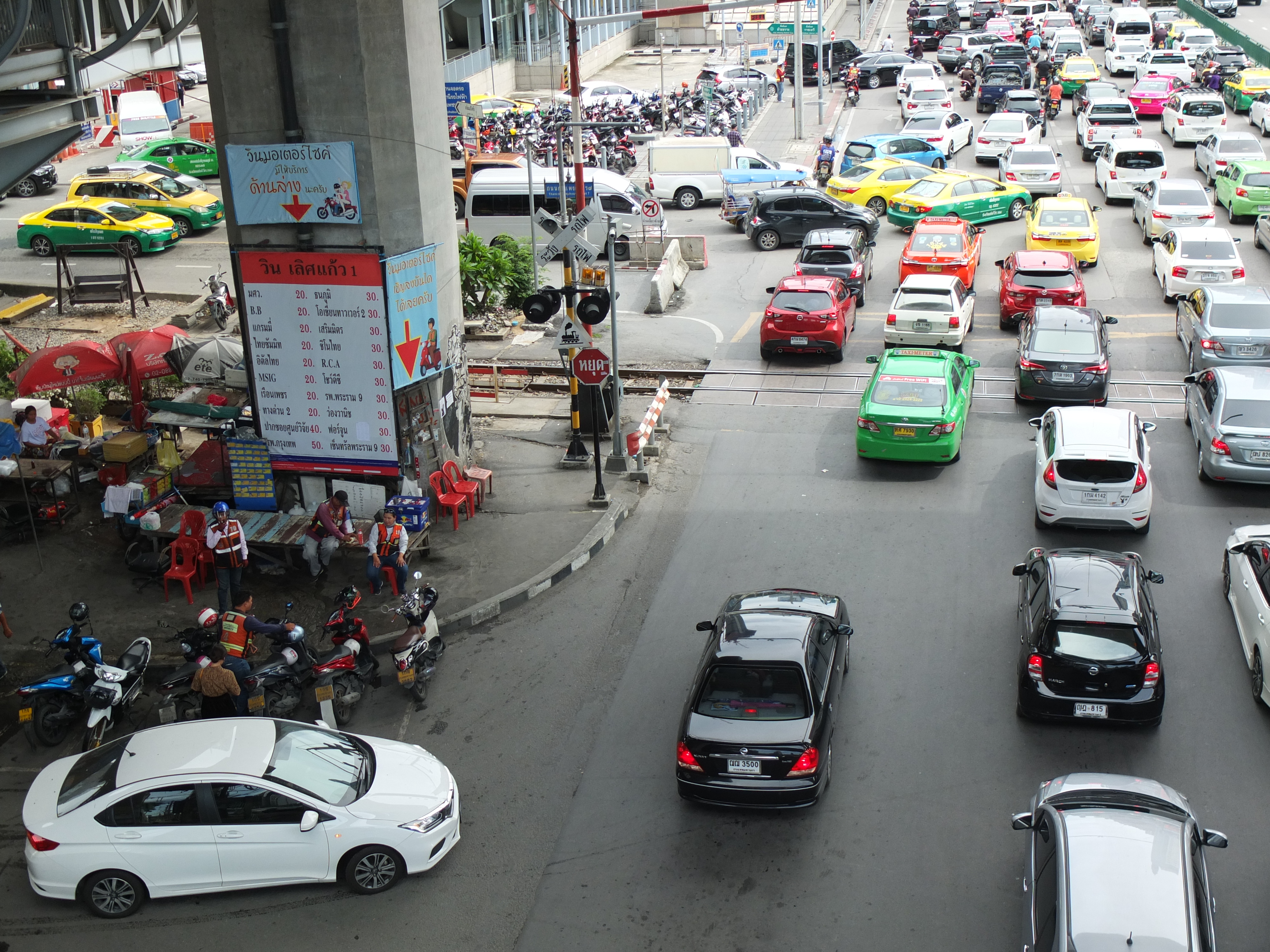The commodification effect of gig work on labour contributing to a greater marketisation of labour relations. In India, the state has sanctioned gig and platform work as outside of standard employment, thereby upholding the notion that gig workers function as independent entities who are not entitled to traditional worker rights, writes Khawla Zainab
_______________________________________________
This article characterises developments in the gig economy in India using the framework of double movement, to gain practical foresight into the workings of digital platforms and how they implicate labour, distort labour solidarities, and manipulate capital. It does so by considering the case of Quick Commerce, which made a splash in the news for deliveries under 10 minutes, facing backlash from labour advocates and admiration from innovation aficionados. QuickCommerce or q-commerce refers to the super-fast, hyper-convenience model of on-demand deliveries, completing orders anywhere under 10 to 30 minutes. Q-commerce platforms differ from traditional delivery platforms in (1) their end-to-end or vertical integration of services (owning and storing inventory and coordinating and completing deliveries) and (2) being more capital intensive as they require small to mid-sized hyperlocal micro fulfilment centres or dark stores.
Marketization and Labour’s Counter Movement in the Indian gig economy
According to Karl Polanyi’s conception of double movement, market societies are constituted by two opposing movements ⎯ the laissez-faire movement to expand the scope of the market and the protective counter-movement that emerges to resist this increased marketisation. Within this framework, the rise of platform-mediated gig work is itself the laissez-faire movement, characterised by the withdrawal of state regulations and erosion of labour protections. Using Polanyi’s ideas of dis-embeddedness and fictitious commodities, Wood, Graham, Lehdonvirta, and Hjorth emphasise the commodification effect of gig work on labour contributing to a greater marketisation of labour relations. In India, the state has sanctioned gig and platform work as outside of standard employment, thereby upholding the notion that gig workers function as independent entities who are not entitled to traditional worker rights.
The adverse consequences of the commodification movement, reflected in the increased rate of exploitation during the pandemic with declining wages and greater health and safety risks, created the conditions of possibility for a protective countermovement. The year of the pandemic, 2020, was remarked as the year of protests by Indian gig workers, culminating in the formation of gig-workers unions recognised and affiliated politically and the strengthening of existing independent unions. A range of demands was put forth, including accident insurance, minimum wages, and better working conditions. A public interest litigation seeking the status of ‘wage workers’ is currently pending with the highest judicial court in India.
In terms of the net outcome, while the state created taxonomies for these new types of informal workers, platform companies instituted short-term measures like accident and health insurance. However nominal or temporary, not all responses were positive. In one instance, the platform sued protesting workers. All in all, the larger questions of employee rights, social protection, and access to and control over their data continue to elude gig workers.
Adaptive strategies of platform capitalism: circumventing demands for labour protection
It is in the above context of the fallouts of the commodification of labour and labour’s counter-movement for social protection that I situate the rise of quick commerce. 2021, the year following various labour agitations, was the year that saw an influx of investor funds into quick commerce leading to a proliferation of q-commerce platforms. Not all survived, rapid dissolution and consolidation marked this sector with a few big players remaining standing and projected to grow globally. Blinkit, formerly Grofers, is an Indian instant delivery service. After seven years of operations as an online grocery delivery service, Blinkit introduced express grocery delivery in India in December 2021, by building dark stores across cities. In June 2022, Blinkit was acquired by incumbent food and grocery delivery platform Zomato.
The emergence of new models in the platform economy is read as an adaptive strategy to circumvent prevailing demands for labour protections. Specifically, the emergence of the q-commerce model continues to skew ‘double-movement’ in favour of platforms by increasing marketization, dampening the momentum for labour organisation, and diminishing the bargaining capacities of gig workers in the following ways:
Firstly, backed by fresh venture capital, q-commerce platforms are equipped to offer incentives to workers that other platforms have ceased to provide over time. Various estimates of attrition rates amongst gig-workers indicate that workers move between platforms frequently, implying that labour supply within the gig economy is sensitive to changes in wages. At a time when incumbent platforms faced a shortage of workers owing to various factors, including the rise in fuel prices and as traditional sectors reopened after the initial shock of the pandemic, it can be surmised that new platforms capitalise on this moment to draw workers who are looking to switch platforms.
Abhimanyu, a delivery worker for the quick commerce platform Blinkit, shared his view on the format of incentives available to him. Exempting the platform from accountability for his woes, he said, “The company is clean…the incentives that the company is giving, we are availing of those by working more hours, for instance. All we must do is deliver fast. The company is not forcing us to complete more orders, but if we do, we can get the incentives.” The rationalised or marketised working of platforms, which promises a direct correlation between hours worked and income generated, is reasonable to him.
Secondly, the model of hyper-local deliveries provides an inherent convenience to delivery workers. Every delivery worker is affiliated with a specific warehouse in the neighbourhood closest to him. All deliveries are within a specific radius, and unlike some other incumbent platforms, drivers are not lured into making deliveries to far-off places. Drawing a comparison to a traditional delivery platform Zomato, Abhimanyu added, “With Blinkit, you deliver the order and come back to the same store. Zomato is not like that; you must run around everywhere. Go here and there, but there is no concept of coming back. With Blinkit, you must come back and stay at the store. With Zomato, you end up driving everywhere.”
Thirdly, every warehouse or dark store has a roster of a fixed number of delivery workers, and the daily orders are distributed between them. Another delivery worker, Sagar, shared how this works out in his favour, “On Blinkit, the number of people is fixed, 36 delivery workers per dark store. One dark store receives 1500 orders a day, so we adjust and make it work for everyone. BlinkIt is trustworthy in this way. With Zomato, if there are too many delivery workers, then you don’t get an order.” This optimal ratio of deliveries to workers may not sustain as the model evolves and as new strategies to cut costs are devised, but for now, the math is agreeable.
Together, these affordances of q-commerce offer some improvement over the existing working conditions in the gig economy. While it is not a marked departure, in the dynamic landscape of platform capitalism, these factors contribute to the continued viability of gig work through an even greater entrenchment of platform-based marketization. The capital-intensive model of q-commerce that tethers it to physical infrastructure is one indicator of this entrenchment.
Beyond innovation: manipulating capital and fragmenting labour solidarity
Rather than a product of invention and innovation, within the double movement framework, the rise of quick commerce can be understood as platform capitalism reinventing itself to circumvent labour demands and ensuring that the dynamics of double movement remain skewed in favour of platform capitalism. It is also symptomatic of churns within the nexus of venture capital and the start-up ecosystem. Increasingly, as start-ups fail to turn a profit, venture capitalists are beginning to demand more than speculative estimates of future valuations. Tweaking business models appears to be one of the ways that platforms are dealing with newer challenges in drawing investments whilst simultaneously suppressing the bargaining power of workers.
That said, hyperlocal delivery models also seek to shape consumer behaviour. In the future, as far as industry projections go, q-commerce is poised to include a broader range of consumer goods currently provided through traditional e-commerce platforms. In India, a tell-tale sign of this seems to be the consolidation of q-commerce platform, Blinkit, with the incumbent platform, Zomato. Q-commerce, besides serving as an additional revenue stream, also acts as an entry point into establishing the infrastructure needed for hyperlocal deliveries, which can very well serve as the basis for future related enterprises.
On the side of labour, the very model of hyperlocal deliveries can have a fragmenting effect on the gig workforce. As one of the delivery workers shared, he lived within a 1-kilometre radius of the warehouse, and the deliveries were all within a certain radius. Workers from the same area are assigned stores within that neighbourhood, creating sub-groups of workers. Considering the degree of spatial segregation in Indian cities – class, caste and religion based – this categorisation of workers based on the neighbourhood they belong to has direct implications for reproducing these inequalities, especially given that platforms are infamous for inscribing their models within local conditions. This also poses additional challenges for labour organisation as these sub-groups of workers may align with caste, class, religious, and regional identities, hence hindering the formation of worker solidarities either directly (lack of social cohesion) or indirectly (class-based inequalities embedded in social stratification).
Conclusion
Identifying developments in the gig economy as either intensifying the forces of the capitalist market or improving the bargaining power and working conditions of gig workers is a practical imperative for academics and practitioners alike. Particularly, charting demands for gig workers requires careful inspection of various manoeuvres made by platforms and read implications for labour into new models that emerge. For this, the double movement framework provides a helpful lens to situate developments in the gig economy, not only in India but globally.
______________________________________________
*Banner photo by Firosnv. Photography on Unsplash
*The views expressed in the blog are those of the authors alone. They do not reflect the position of the Saw Swee Hock Southeast Asia Centre





